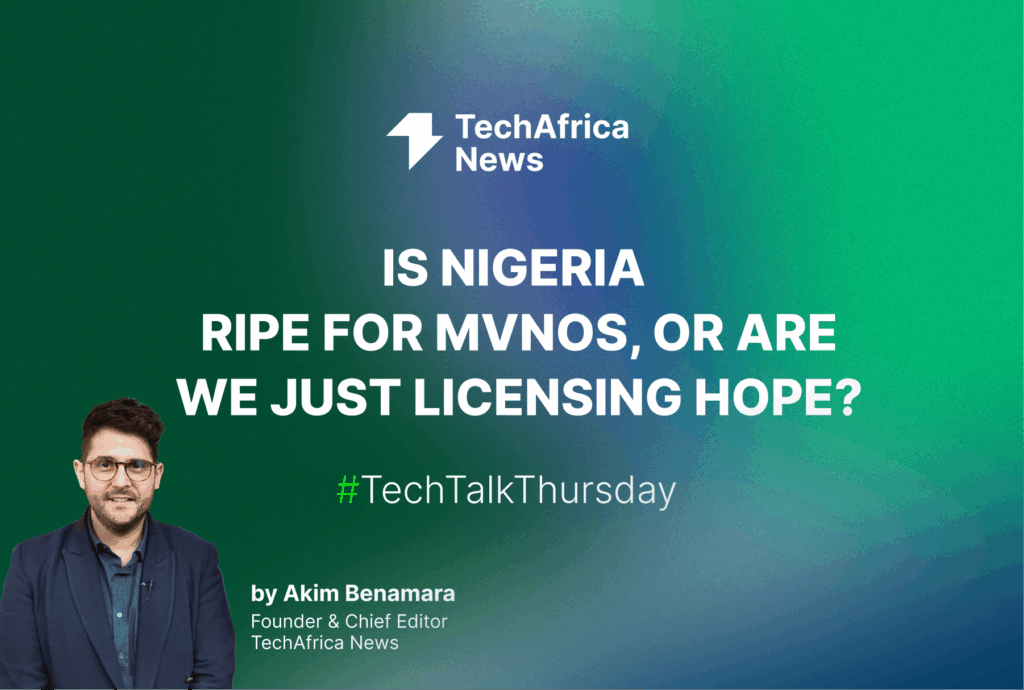Cell C Shows Steady Progress in its Interim Results

Cell C’s interim results for the 6-month period to June 2021 highlight continued improvements in profitability and operational efficiency as the fit-for-purpose entity implements its new operating model, network strategy and attracts new customers through innovation in products and services. Steady progress is being made as the company transitions and finalises a recapitalisation to strengthen its balance sheet.
The mobile operator reported a R148-million profit before tax. This is a turnaround in profitability from a R7,6-billion loss reported year-on-year. EBIT increased to R736-million (H1 2020: R5,3-billion loss). This is mainly due to the significant impairment of network assets in the previous financial year and operational expenditure savings in this reporting period. Last year Cell C had an impairment of R5-billion, as the company evolves to become a buyer of infrastructure services and decommissions its own physical infrastructure by 2023.
“Our financial performance has improved, and we are making good progress on the three-year transition to a virtual RAN (Radio Access Network), the implementation of our new business model and the introduction of new products to market.
We have successfully migrated 40% of the network, with access to 7 500 towers of which 95% are 4G/LTE enabled. Four provinces are now fully migrated, namely Eastern Cape, Free State, Northern Cape and Limpopo. We will continue to add new sites which will reduce our network deficit. In two years, we will have access to more than 12 500 sites across the country improving the quality and coverage of our network. This has enabled us to get back into the broadband market, reconsider the mix of products we offer and sustain our average revenue per user (ARPU) at R66 year-on-year while growing the prepaid customer base by 15% to 9,6 million (H1 2020: 8,4 million) in the first half of 2021.”
Douglas Craigie Stevenson, CEO, Cell C
ARPU was sustained due to the operator’s strategy of focusing on more profitable customers. The total subscriber base has grown to close to 13,0 million (H1 2020: 11,7 million). Total revenue for the 6-month period was down by 5% to R6,6-billion (H1 2020: R6.9-billion), with the largest part of the revenue contribution from Cell C’s prepaid base at R3-billion (H1 2020: R3,1-billion) and a reduction in its postpaid base by 25% to R563-million (H1 2020: R754-million).
The contract and broadband revenue decrease is in line with Cell C’s approach to optimise its customer base. To improve the overall operational efficiency and returns of managing its 1,6 million postpaid and contract broadband subscriber base Cell C entered into a commercial agreement with Comm Equipment Company and Vodacom. Underlying this decision was the opportunity to move away from heavily subsidised devices, which Cell C could not get a return on due to its network shortfall. Going forward, as the network quality continues to improve the company will offer products based on customer need rather than driven by the device subsidy.
Gross margin declined by 15% and overall direct expenses increased slightly to R3,6-billion (H1 2020: R3.5-billion), while operating expenditure has been reduced to R1,7-billion (H1 2020: R2,2-billion) because of the reduction in network expenses and administration costs.
“In this wholesale aggregator model, transition and virtual RAN costs will increase as we bring on sites on a like-for-like basis. This will be offset by the savings in network capex, related lease payments as well as reduced network maintenance-related costs. Even though the RAN costs will result in a decreased EBITDA, the net result will be lower depreciation, as well as an increase in cashflow due to the savings on capex and lease payments.”
Zaf Mahomed, Chief Financial Officer of Cell C
Cell C would need more than R5-billion capex annually to build a comparable network, this would also take several years to implement. Instead, the operator is deploying an asset-light infrastructure model and plans to invest capex of R1-billion a year which includes technologies to support the platform model it is implementing as it evolves to a technology company.
“Our three most valuable assets that are not on our balance sheet and underpin our transformation journey are spectrum, a loyal and profitable customer base and a resilient brand. Together with our network strategy, consumer-driven digital products and solutions, as well as our focus on a high-performance culture, we have a sound platform from which to compete and assist us to deliver on our strategic intent.”
Zaf Mahomed, Chief Financial Officer of Cell C
Despite improvements in the income statement and being on track to return Cell C to profitability, a recapitalisation is needed to address the debt on the balance sheet.
“These interim results highlight that Cell C is a stronger business, is generating cash and is more competitive in the market. We are championing value and bridging the digital divide by making internet access affordable for all, while doing what’s best for the customer. That’s why our customers are staying with us, and we are attracting new ones.”
Douglas Craigie Stevenson, CEO, Cell C
A recapitalisation is the final pillar in Cell C’s turnaround strategy and will provide momentum to effectively manage the transition, focus on profitable revenue growth and the overall simplification of the cost base, putting Cell C on the path to long term sustainability.






